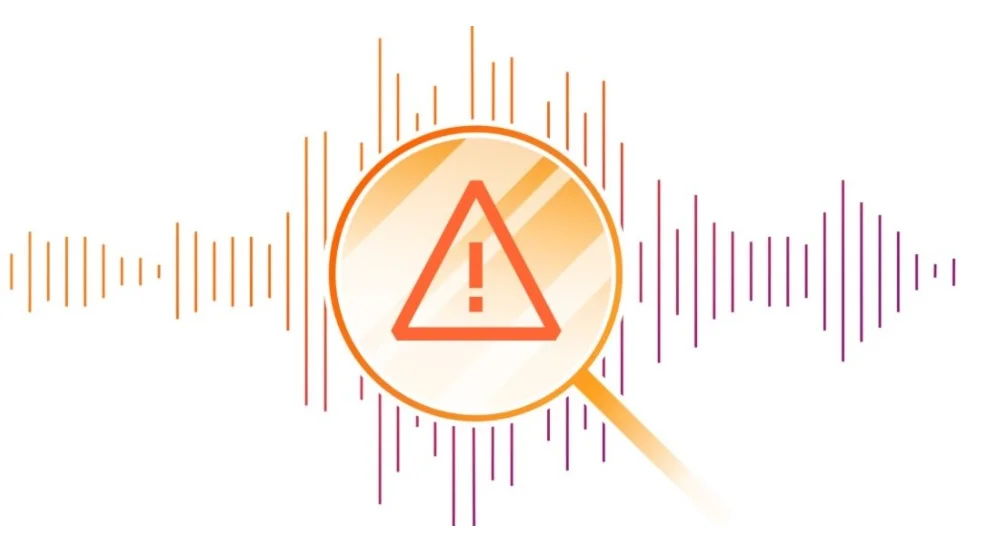Google Classroom Exploited in Global Phishing Scam
Cybersecurity firm Check Point has revealed a massive phishing campaign in which hackers exploited Google Classroom, a platform widely used for online learning, to launch spam and fraud schemes.
Instead of legitimate educational content, attackers used the platform to send commercial spam messages, ranging from reselling offers to SEO services.
Recipients were then urged to contact scammers through WhatsApp numbers, a tactic designed to evade corporate email security filters and bypass detection.
How the Google Classroom Phishing Scam Worked
Check Point explained that because the phishing messages were sent through Google’s infrastructure, many email security systems trusted the source, allowing attackers to bypass traditional email gateways.
“Because the emails came through Google’s own infrastructure, many security systems initially trusted them, allowing attackers to bypass traditional email gateways,” – Check Point.
However, Check Point’s Harmony Email & Collaboration SmartPhish technology successfully detected and blocked most of the phishing attempts. Additional security layers also stopped residual messages from reaching users, highlighting the need for multi-layered protection.
Why This Matters for Organisations
The campaign demonstrates how cybercriminals are increasingly abusing legitimate cloud services such as Google Classroom, Microsoft 365, and Slack to carry out phishing attacks.
Traditional defences that rely solely on sender reputation or email gateways are no longer enough to block modern cyber threats.
Check Point’s Recommendations for Organisations
To protect against phishing campaigns like this, Check Point researchers recommend:
- Employee Awareness Training – Teach staff to treat unexpected invitations with caution, even if they appear to come from trusted platforms.
- AI-Powered Security Tools – Use advanced phishing detection that analyses context and intent, not just sender reputation.
- Extended Monitoring – Go beyond email security by monitoring collaboration tools, SaaS platforms, and messaging apps.
- Watch for Social Engineering – Attackers often push victims to off-channel communications such as WhatsApp, making fraud harder to detect.
Understanding the Phishing Threat
Phishing remains one of the most common and dangerous cyber threats worldwide. Attacks often involve:
- Malicious email attachments
- Fake login pages designed to steal usernames and passwords
- Fraudulent links leading to malware or financial scams
- Requests for sensitive data, such as banking details
This latest attack underscores the importance of strong cybersecurity awareness and multi-layered defenses in protecting both individuals and organizations.
Conclusion
The Google Classroom phishing campaign is a reminder that cybercriminals will continue to exploit trust in widely used platforms. Businesses and institutions must adopt proactive security strategies that go beyond traditional defences.
By combining employee training, AI-powered phishing detection, and extended monitoring, organisations can significantly reduce the risk of falling victim to such a sophisticated attack












